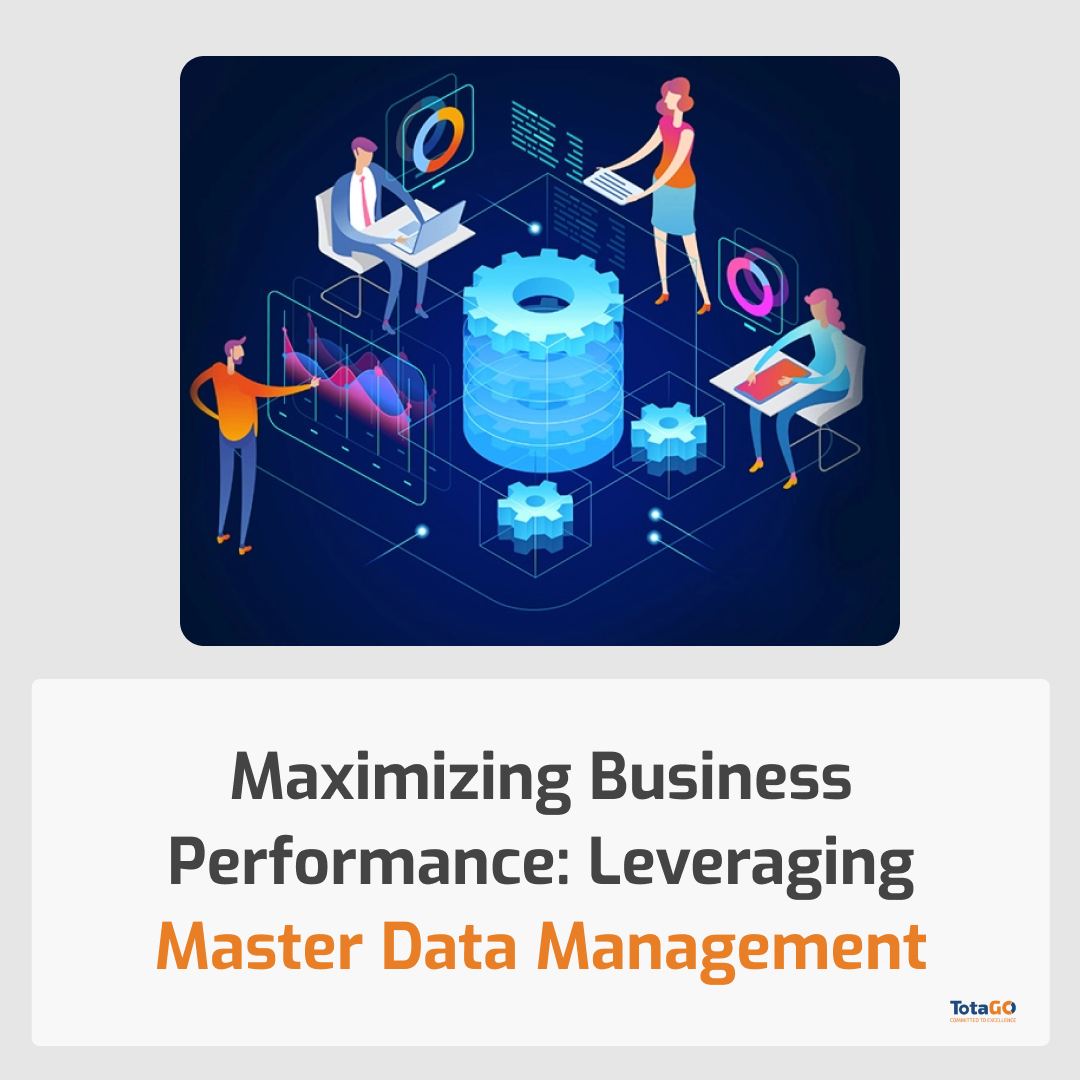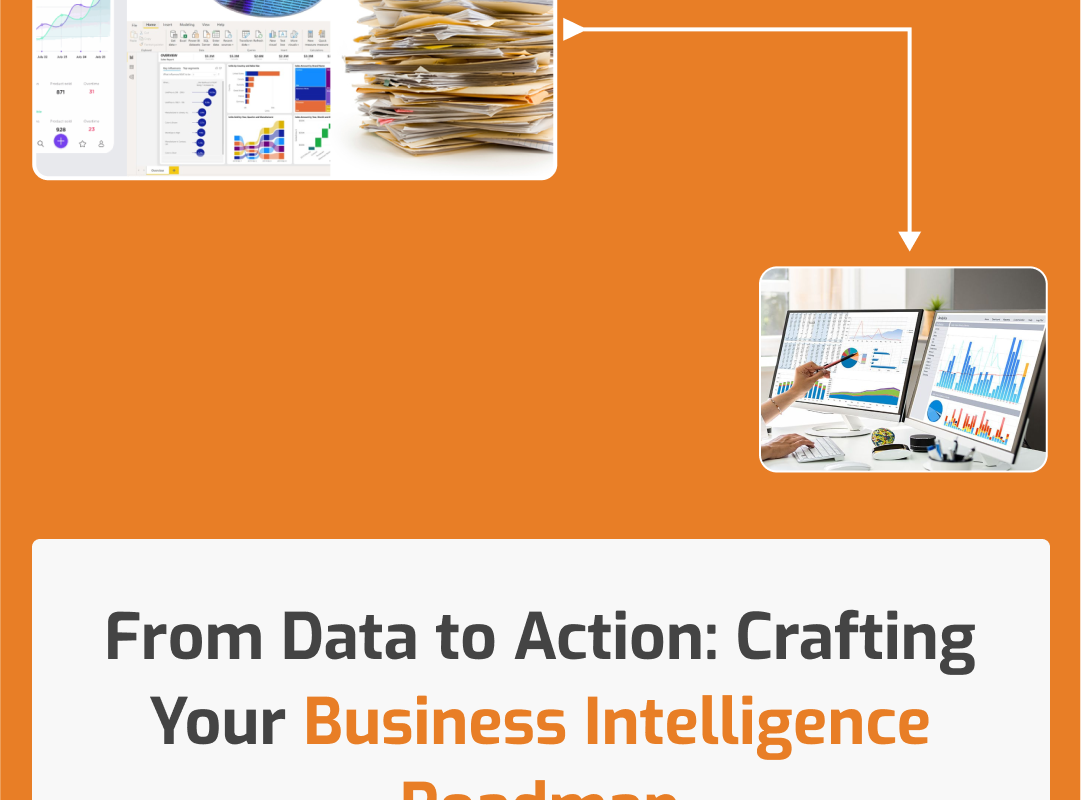Introduction:
Businesses are dealing with a big challenge: handling lots of data effectively. Managing data spread across different systems, apps, and departments is tough. However, there’s a solution called Master Data Management (MDM). MDM helps organize, clean, and sync important data. Also, this keeps critical business info consistent and reliable across the whole organization. In this article, we’ll explore what MDM is, its benefits, best practices, and why it’s crucial for businesses to succeed.
Understanding Master Data Management:
MDM is about keeping one unified version of important data like customers, products, and employees. Additionally, this unified data is essential for running different business processes and making strategic decisions.
Key Components of MDM:
- Data Governance: Establishing rules and procedures to uphold the safety, accuracy, and high-quality of master data.
- Data Quality Management: Employing tools and methods to rectify errors, standardize data, and enhance its quality for accuracy and consistency.
- Data Integration: Consolidating data from disparate sources to create a comprehensive view, breaking down silos between departments.
- Data Synchronization: Ensuring real-time or batch updates of data across the organization to prevent inconsistencies.
- Data Stewardship: Assigning specific individuals the responsibility of maintaining data accuracy, fostering accountability.
Benefits of Master Data Management:
- Enhanced Decision-Making: MDM also provides a single, reliable source of truth, empowering decision-makers to make informed choices based on robust data.
- Operational Efficiency: Additionally, MDM introduces streamlining data processes saves time and resources, optimizing operational workflows.
- Regulatory Compliance: Adhering to stringent data regulations safeguards businesses from penalties and reputational damage.
- Improved Customer Experience: Leveraging unified customer data enables personalized experiences, fostering customer satisfaction and loyalty.
- Encouraging Innovation: Access to reliable data fuels innovation, making businesses more agile and adaptable.
Best Practices for Master Data Management:
- Establish Clear Data Rules: Define roles, responsibilities, and regulations to uphold data integrity.
- Utilize Advanced Data Quality Tools: Also, employ cutting-edge tools to enhance data quality, ensuring reliability.
- Centralize Data: Maintain master data in a centralized repository to establish a single source of truth.
- Integrate Data Seamlessly: Additionally, implement robust integration tools to synchronize data across systems, ensuring consistency.
- Foster Learning: Also, train and support data stewards to maintain high data quality, fostering a culture of excellence.
Role of MDM in Organizational Success:
MDM plays a pivotal role in organizational success by providing reliable insights that drive strategic decisions, enhance efficiency, and elevate customer experiences. Also, by embracing MDM and robust data governance empowers businesses to harness the full potential of their data and gain a competitive advantage.
Conclusion:
Master Data Management (MDM) emerges as a cornerstone for business success. By adopting MDM practices, businesses can overcome data challenges, foster innovation, and achieve sustainable growth. MDM isn’t merely about managing data—it’s about transforming organizations and propelling them towards excellence and innovation.




